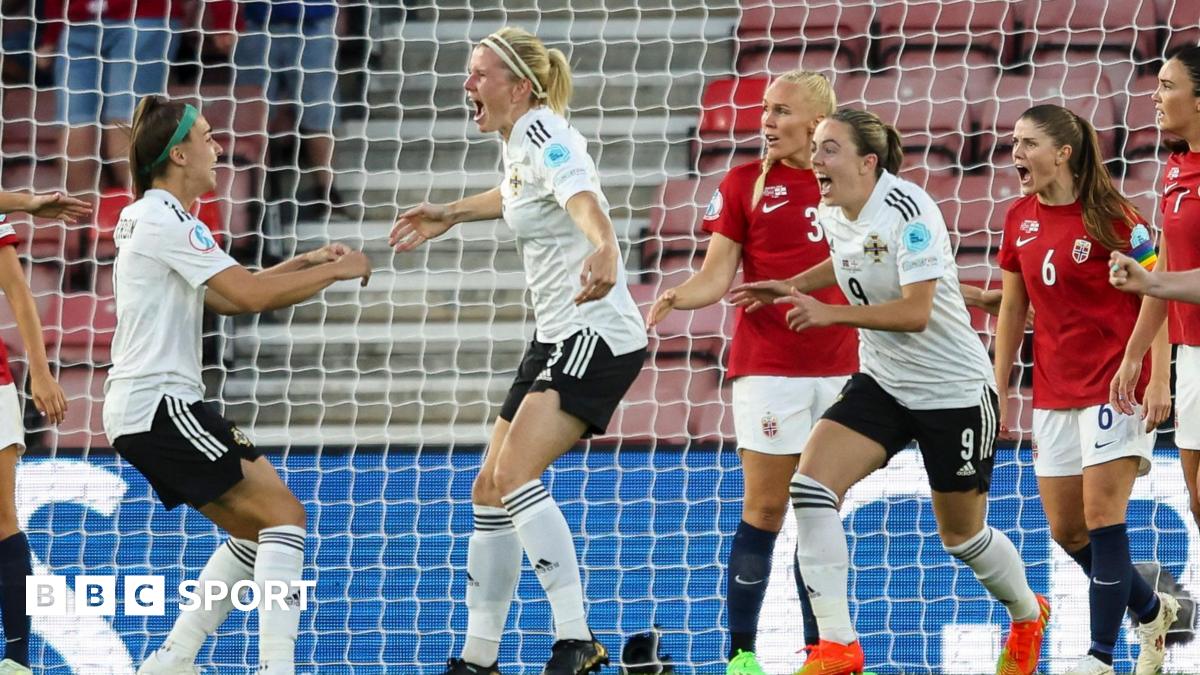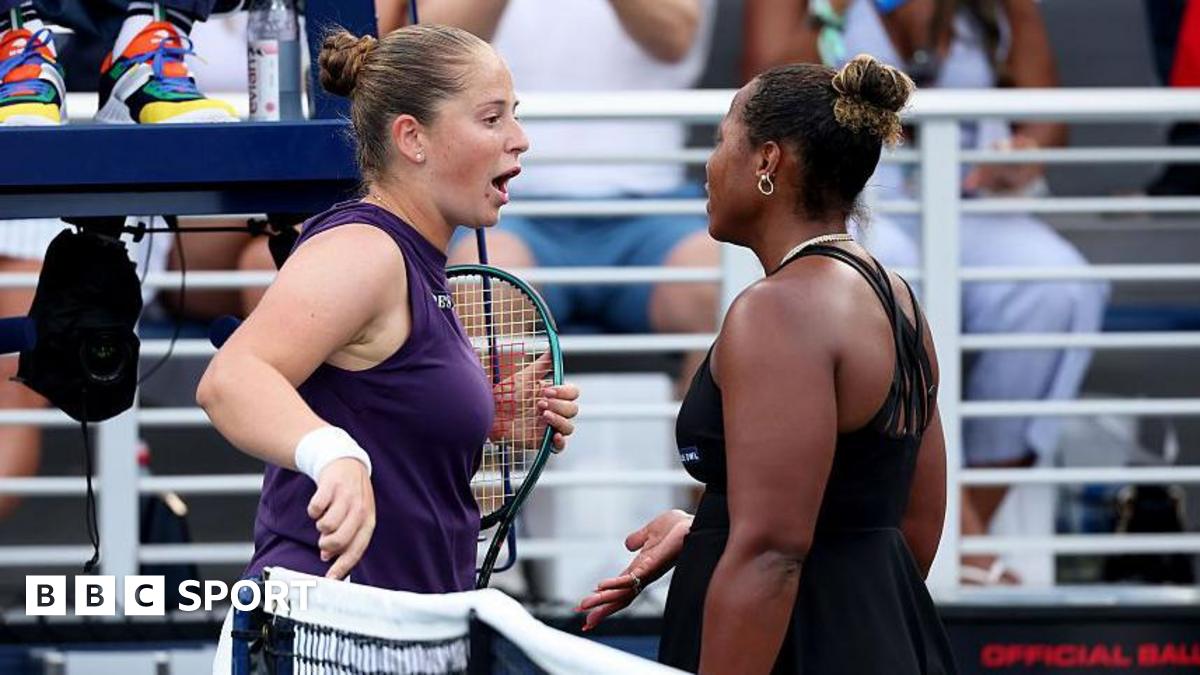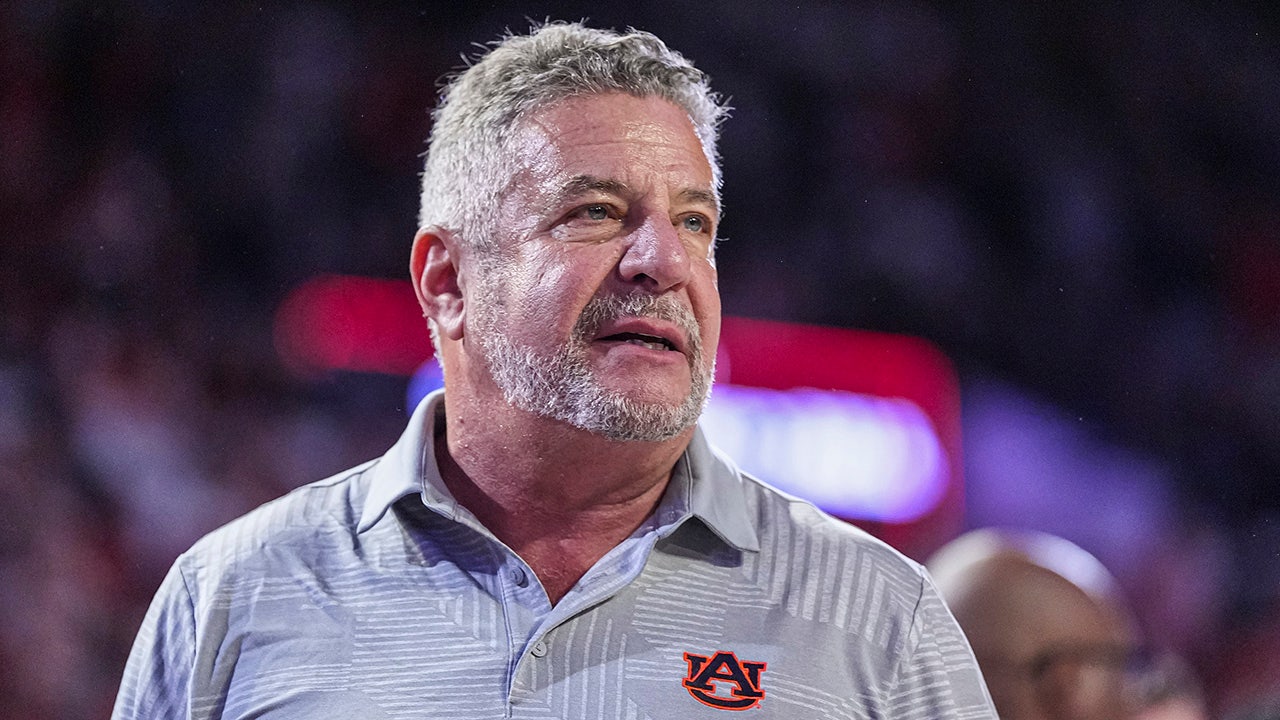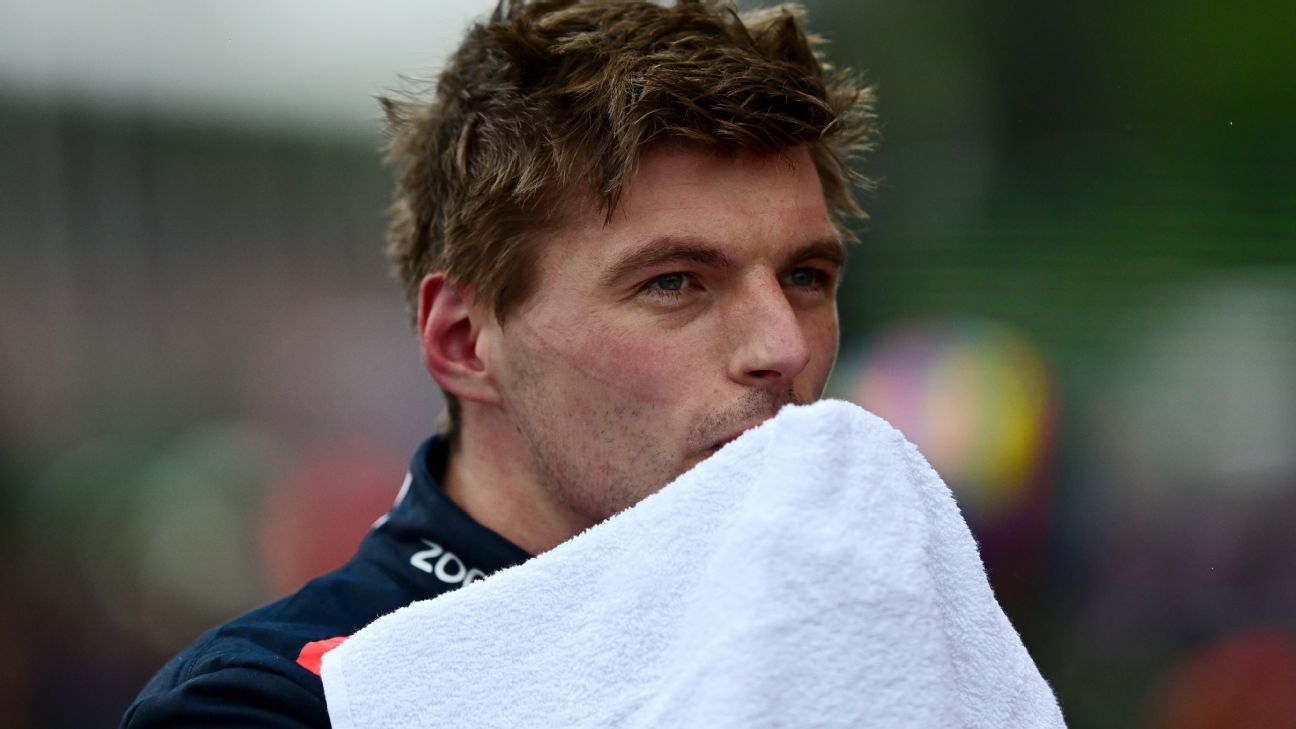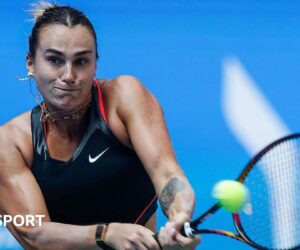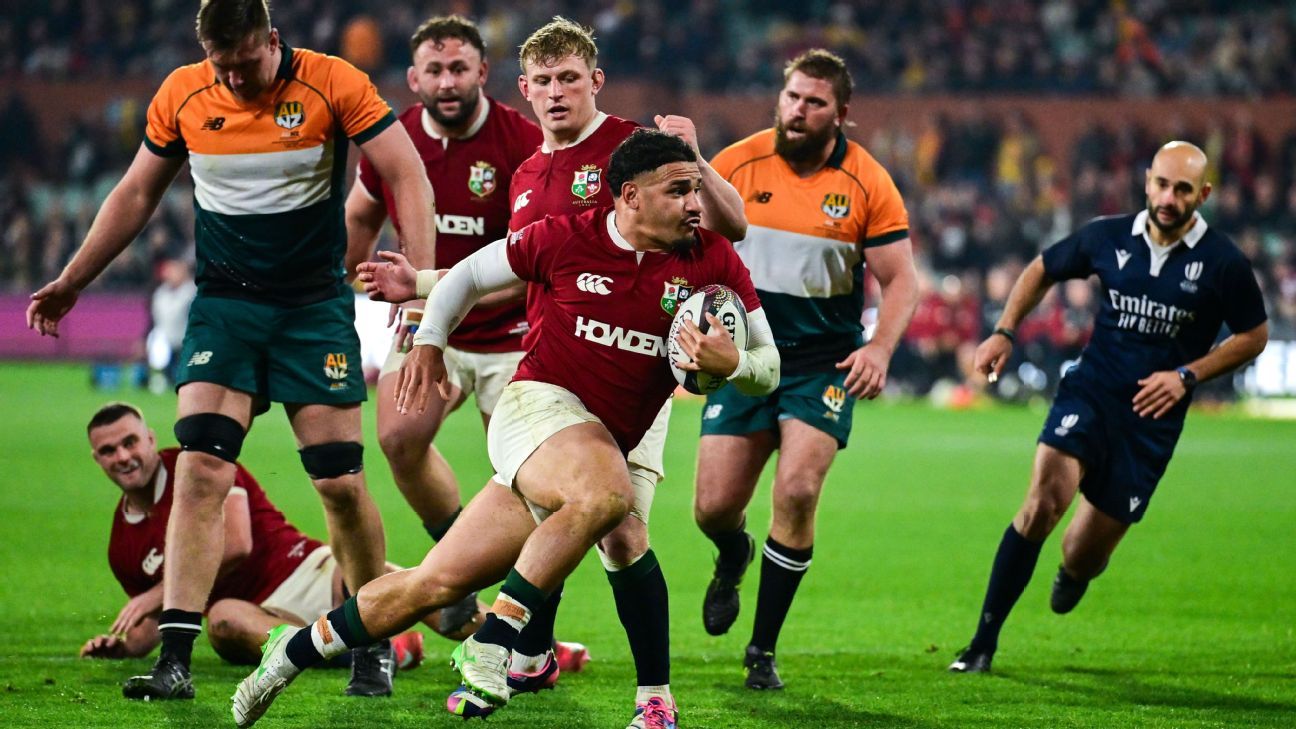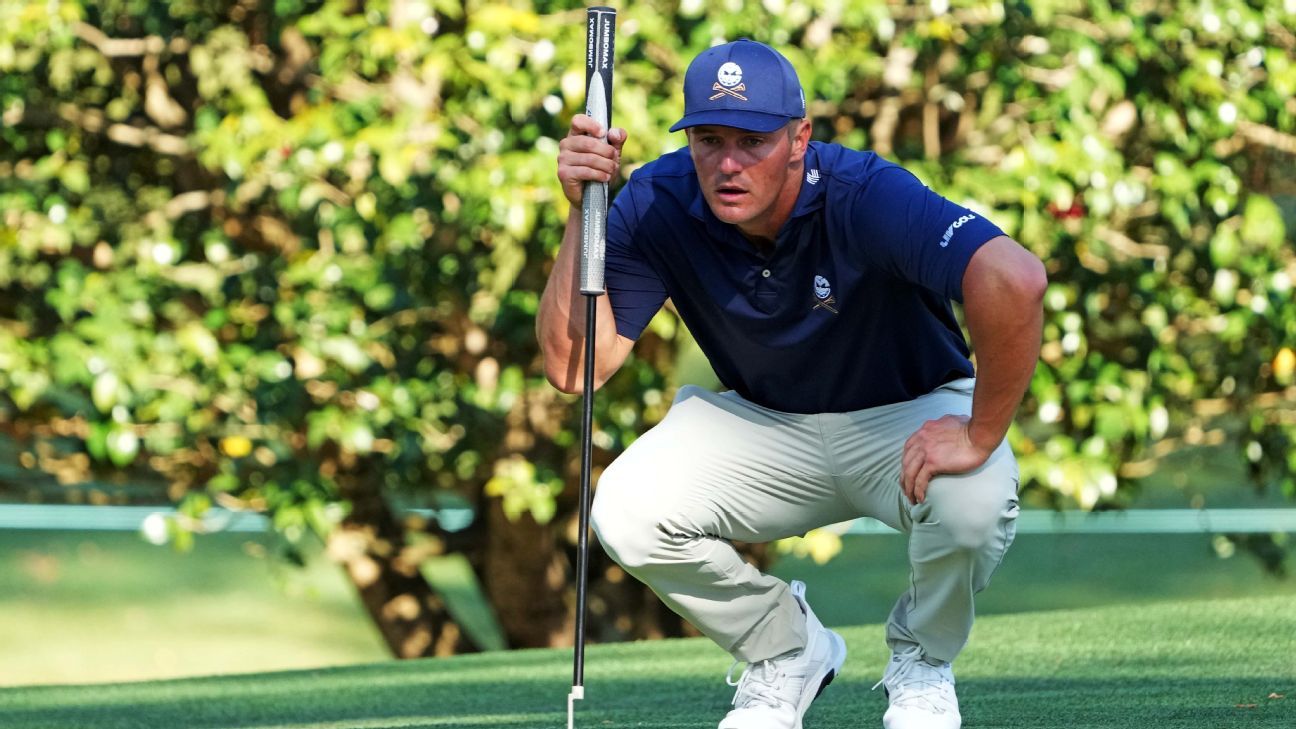The numbers highlight a rise in participation in women’s and girls’ football across Northern Ireland.
In the latest strategy released by the Irish FA in March, the association states there has been an increase in participation – from 1,600 registered players in 2019 to 11,441 in 2024.
In theory, increased participation year-by-year should widen the potential pool of international players in the long run.
In the Women’s Premiership, there has also been the introduction of professionalism by the Northern Ireland Football League and licencing.
Attendances at NIFL matches has risen by 59%, however there has not been a jump in crowds at post-Euros for international matches as might have been hoped.
In Northern Ireland’s most recent eight home fixtures – a combination of Euro 2025 qualifiers and Nations League games that have been split across Windsor Park, Inver Park, Seaview and Mourneview Park – the average attendance has been 2,192.
Leaving out the final home match before the Euros against England, which drew a record crowd of 15,348, the average attendance of Northern Ireland’s four other home competitive games in between securing Euros qualification in April 2021 and the finals the following summer was 2,521.
Northern Ireland’s first two fixtures after the Euros were away in Luxembourg and Latvia, and the first home game wasn’t until that November – an impressive win over Italy at a sold-out Seaview.
After that, their next home game was not until September 2023, when Oxtoby was in place, and with such breaks between home matches in the aftermath of the Euros – and only four matches in total in the 12 months following the tournament – it was nearly impossible to build any momentum on that front.
In the world rankings, Oxtoby’s Northern Ireland are currently 44th. This is a rise of three places from three years ago, but the progress can be charted back to the 2017 Euros when NI, then under Alfie Wylie, were 60th.

